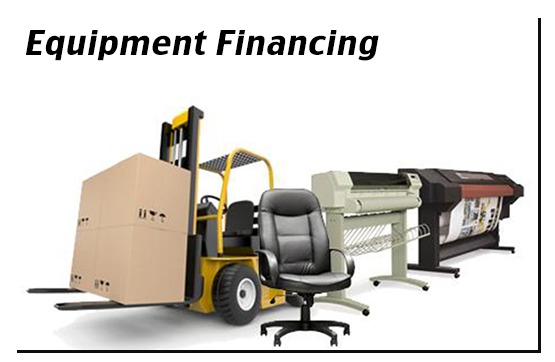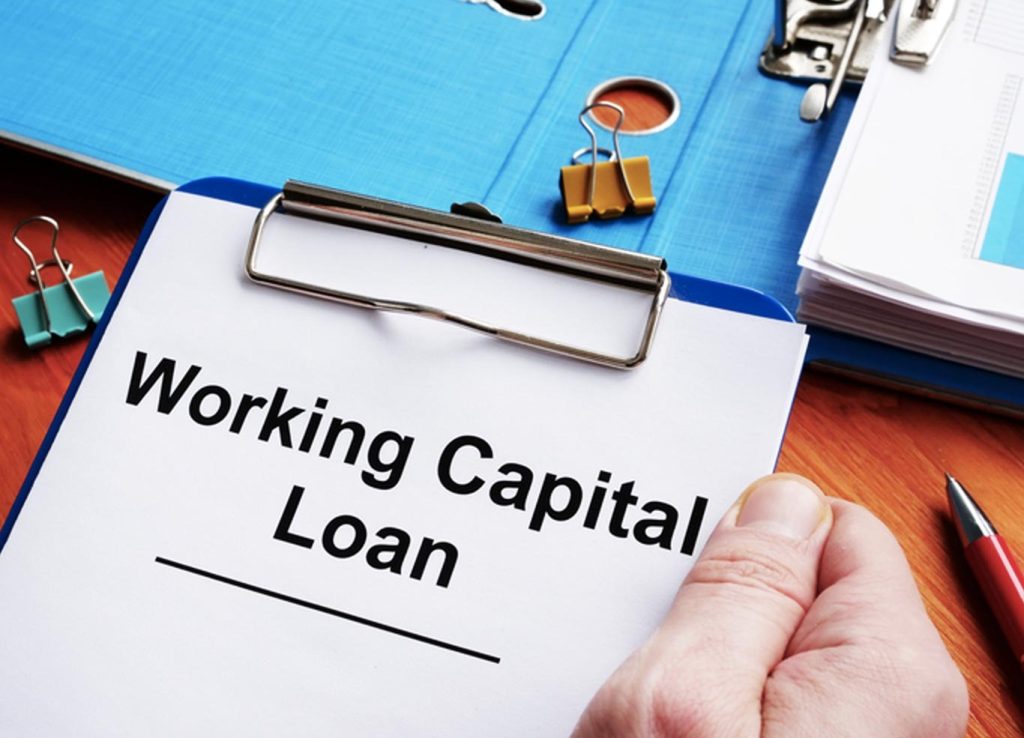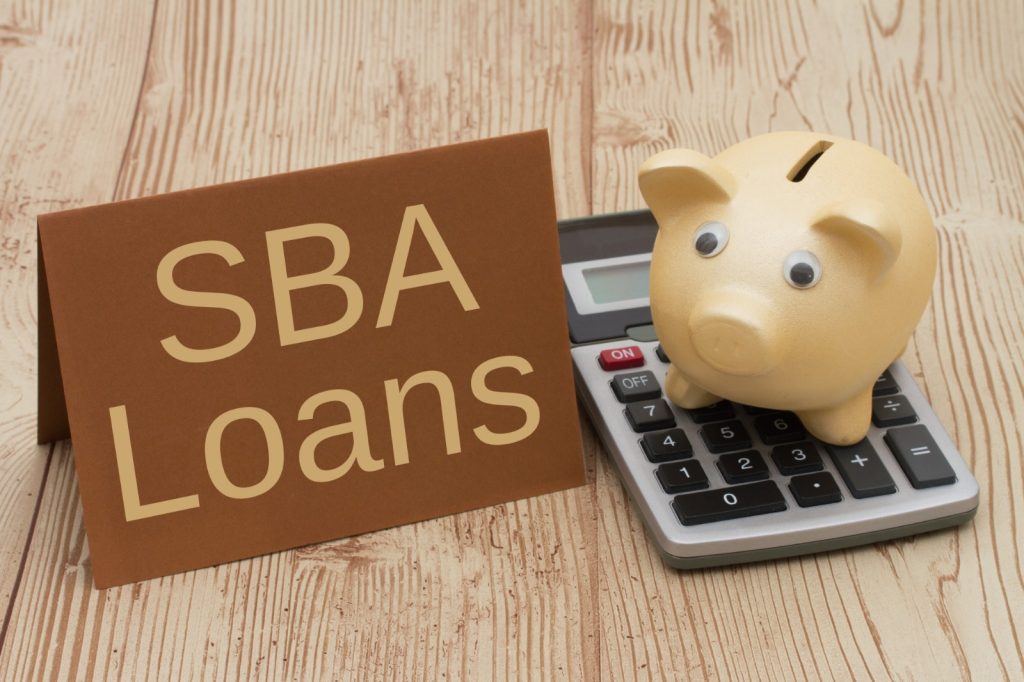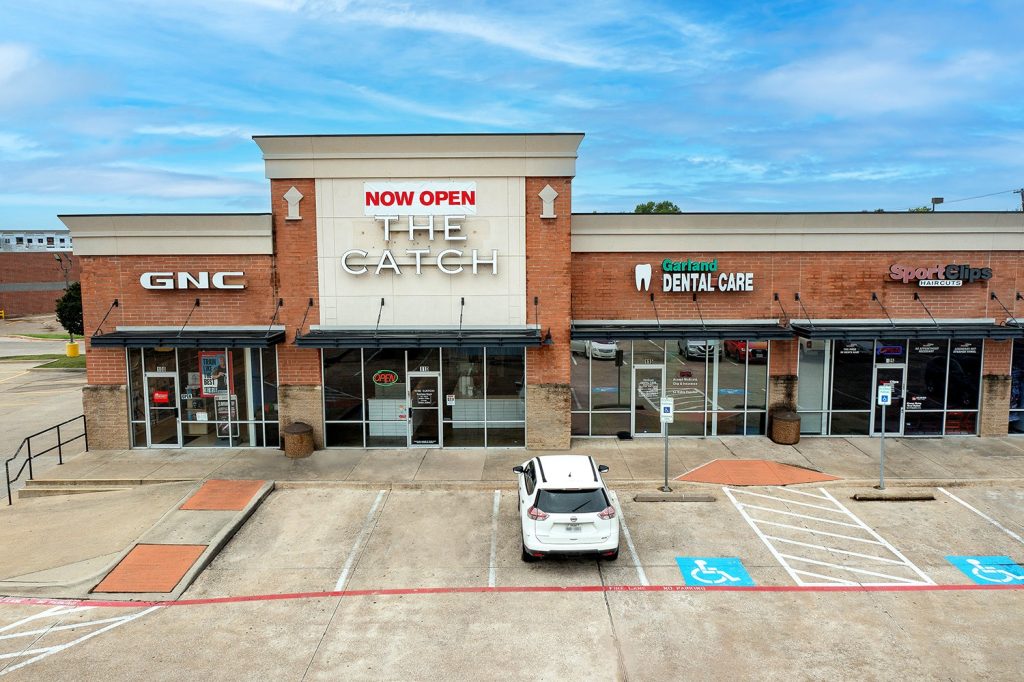Equipment Financing

Equipment Financing
Equipment financing is a type of loan or lease that helps a business acquire essential assets like machinery, vehicles, or technology by allowing them to spread the cost over time instead of paying the full amount upfront. The equipment itself typically serves as collateral for the loan, meaning the lender can repossess it if the loan is not repaid.
Key aspects of equipment financing
- Purpose: To help businesses acquire physical assets like computers, manufacturing machines, office furniture, or vehicles to operate and grow.
- Collateral: The equipment being purchased acts as the collateral for the loan. This makes it a secured loan, which can sometimes result in better terms or lower interest rates for the borrower.
- Benefit: Businesses can preserve their working capital and cash flow by making monthly payments over a set period, rather than paying a large sum upfront.
- Options: Financing can come in the form of a loan or a lease, depending on the business’s needs. With a loan, the business owns the equipment once it’s paid off; with a lease, the business can either lease-to-own or return the equipment at the end of the lease.
Apply today for a quick response from our underwriters.










